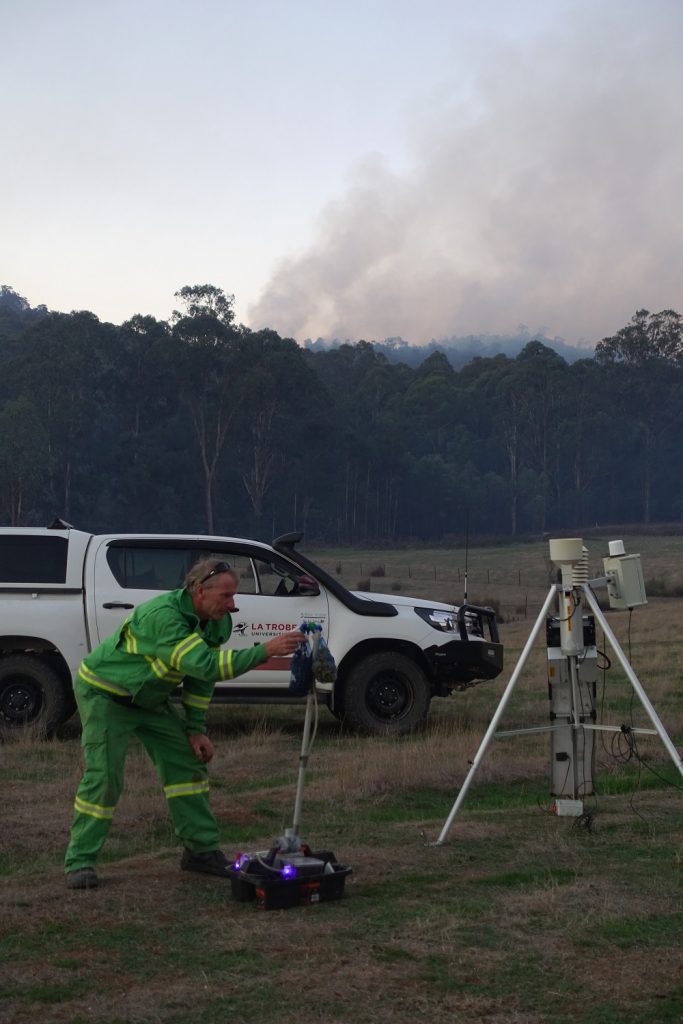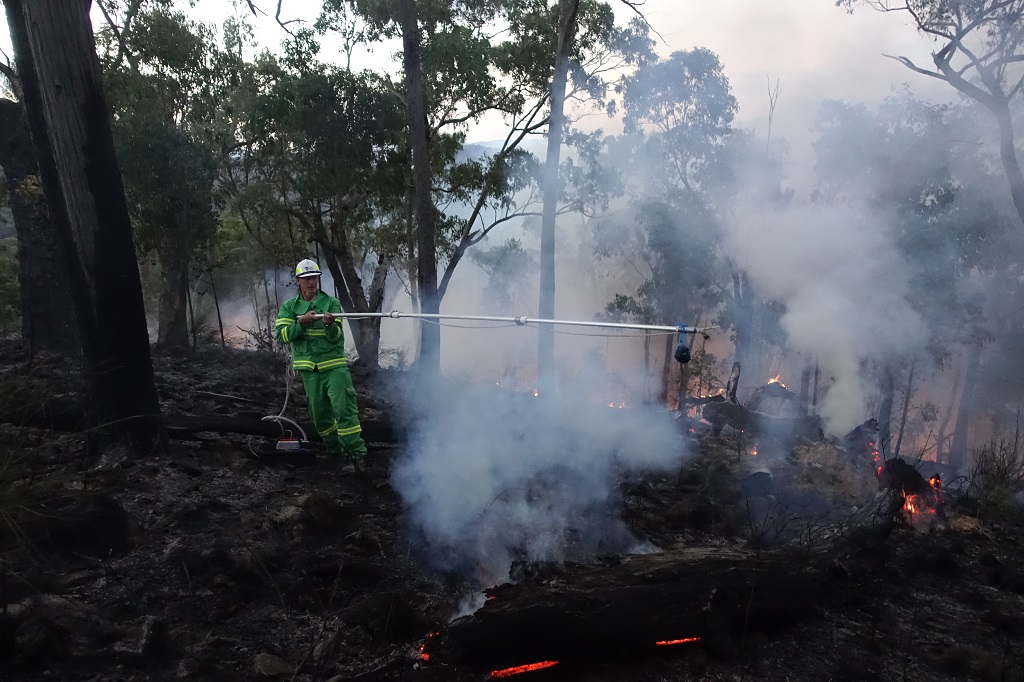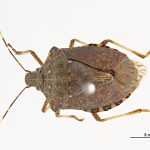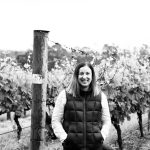Images: Sampling smoke. Credit: Dr Ian Porter, La Trobe University.
Fire events are increasing in frequency around the world and as wine producing countries such as the US, Spain and Portugal grapple with the devastation wrecked by bushfires, Australia is providing critical research and guidance on managing smoke affected fruit, as Simone Madden-Grey writes.
In the vineyard
The urgency with which research is being conducted into the effects of smoke on winegrapes has intensified as bushfires become a more regular feature of vintage in Australia. Many of the decisions about how to manage smoke affected fruit are being made with the help of laboratory tests but as research continues to develop so too do the tools available to help producers with these decisions. If data from the vineyard could be used to create individual risk assessments, including suggested interventions in either the vineyard or winery, there is potential for more cost-effective decisions around labour and production to be made earlier in the harvest schedule.
An early smoke detection network for the vineyard is being developed by Dr Ian Porter, a research professor at La Trobe University in Melbourne, following on from work with the Department of Jobs Precincts and Regions (DJPR) in Victoria over the past six years. Dr Porter and the team at DJPR (Tim Plozza, Pei Zhang, David Allen and Joanne Bui) have worked on several projects partnering with key industry members, including regional wine bodies, AWRI, Wine Australia and the Federal Department of Agriculture and Water Resources (DAWR), documenting and researching dozens of fire events in a bid to expand the science and literature on how smoke moves and what compositional elements are critical measurements for wine production.
The network will use data from the vineyard combined with research to produce a risk assessment. However, for any large volume of research to be applicable in a practical sense, it must be presented in a manner that is easily accessible and this is where the network aims is working to bring technology and research together. The early smoke detection network would generate a site-specific risk assessment by using real time data sourced from an accredited smoke sensor positioned in the vineyard as well as data from the substantial database of research the team has created over the years. The individual risk assessment could then be accessed via a mobile phone app or an interactive website and it would include suggestions for appropriate management strategies according to different smoke exposure thresholds.
As part of the research and development of the early smoke detection network, Porter worked with a number of different producers in Victoria and New South Wales during the 2020 vintage. Data was downloaded from smoke sensors positioned in participant vineyards, sample fruit was harvested, and 91 micro-ferments were produced. Key to furthering research into the relationship between smoke levels and sensory perception was the opportunity to record smoke levels prior to harvesting the fruit for the micro-ferments.
“The volume of information gathered during this time allowed us to line up the data gathered on smoke, berry and sensory content. It was critical to further the understanding of data interpretation, risk analysis and sensory detection,” Porter explained.

Sensory results
Fruit for each of the 91 ferments was delivered to winemaker Warren Proft at Chrismont Wines in the King Valley, where a micro-ferment was produced from each sample. The majority of samples were from North East Victoria as well as Gippsland and Orange, New South Wales. The dominant varieties were Pinot Gris, Chardonnay, Shiraz and Pinot Noir and a smattering of other varieties. Of the process, Proft said they “came up with a procedure that would give the best outcome for consistency and quality for this scale of winemaking, using 30 litre plastic beer fermenters and 18 litre Cornelius kegs”.
“The combination of these vessels and the winemaking process meant we could confidently make and treat the wine in a very similar manner,” he said.
Following production of the wines, a panel of 14 industry members, mostly winemakers from small and large wineries, undertook a tasting of 62 of the wines which included very low to high levels of smoke exposure, as well as a number of control wines.
“I was surprised by how sensitive some people are to smoke and how consistently the smoke in the wine was picked up by everyone. There was clearly consistency within the group of tasters,” said Proft.
The results from the sensory evaluation rounded out the data already gathered from the smoke sensors on smoke levels and composition.
Smoke sensors at Chrismont were used during the 2020 vintage to gather vineyard data that was then downloaded by Porter to create a risk assessment of each site. Proft said that the data analysis helped develop a different attitude to risk and he would use the process again. The industry could be in a stronger position to make practical and commercial decisions with greater confidence if provided with this kind of information. Funding has now been secured for the final stages of development and Porter confirmed that he is working towards rolling out the early smoke detection network in North East Victoria for vintage 2022. Initially, it is anticipated that the network will support two main stakeholders in Victoria: wineries affected by bushfires and the Department of Environment, Land, Water and Planning who conduct prescribed burns each season. Porter will be presenting more information about his research at the Wine Australia Bushfire Conference in May.
New Zealand
Forest fires are relatively uncommon in New Zealand and with the majority of vineyards planted away from tree plantations, fire risk could be considered to be relatively low and unlike Australia, New Zealand’s fire risk comes not from bushfires but from grass and scrub fires. The potential risk of smoke affected fruit, however, remains the same.
Climate research and modelling suggests fires will become a more pressing issue for the New Zealand wine industry, with the warmest year on record being as recently as 2016. Increasingly dry conditions contributed to multiple fires during 2019 and 2020, the most significant of which was in 2019 in the Tasman District around Nelson, which reportedly involved the largest aerial firefight in New Zealand’s history. During that vintage part of the industry response was to offer support for growers to access laboratory tests from the AWRI.
As part of New Zealand’s response to climate change, the National Institute of Water and Atmospheric Research (NIWA) created a series of regional snapshots of projected climate change and hazards for the country’s main provinces. The modelling used scaled versions of two global emission scenarios recognised by the UN body, the Intergovernmental Panel on Climate Change (IPCC).
Known as Representative Concentration Pathways (RCPs) the emission scenarios used by NIWA were RCP4.5, a mid-range scenario where greenhouse gas concentrations stabilise by 2100 and RCP8.5, a scenario where greenhouse gas emissions continue at current rates. The results of both scenarios provide a stark prediction, forecasting longer and significantly more severe fire seasons due to increased temperature and wind speed, particularly on the east coast of New Zealand where the majority of premium wine production regions are located.
While laboratory analysis may be all that is currently requested from Australia, New Zealand will undoubtedly want to make use of the valuable lessons learned in Australia. It will be the forward thinking producers who understand the potential impact of New Zealand’s climate predictions and who stay updated on the research and tools being developed in Australia for managing smoke affected fruit.
As the wine industry’s strategy for bushfire management continues to evolve, an early smoke detection network such as the one being developed in Victoria has a valuable role to play. By broadening the information and resources available to producers, more informed and timely decisions can be made with greater confidence during bushfire years, and the continued push to understand more about the effects of smoke on winegrapes has benefits not only for the Australian industry but also for the global industry and its response to fire events.
Further information
Wine Australia Bushfire Conference, May 2021. Find more online.
References
‘Improving the Understanding of Smoke Taint’. Dr Ian Porter, presentation, 18-20 July 2017 (www.awri.com.au/wp-content/uploads/2017/07/Smoketaint-Project-NE-2017-short.pdf)
‘Mitigation of climate change impacts on the national wine industry by reduction in losses from controlled burns and wildfires and improvement in public land management’. Julie Culbert, WenWen Jiang, Mark Krstic, and Markus Herderich, 21 February 2020.
New Zealand National Institute of Water and Atmospheric Research. (www.niwa.co.nz)





















